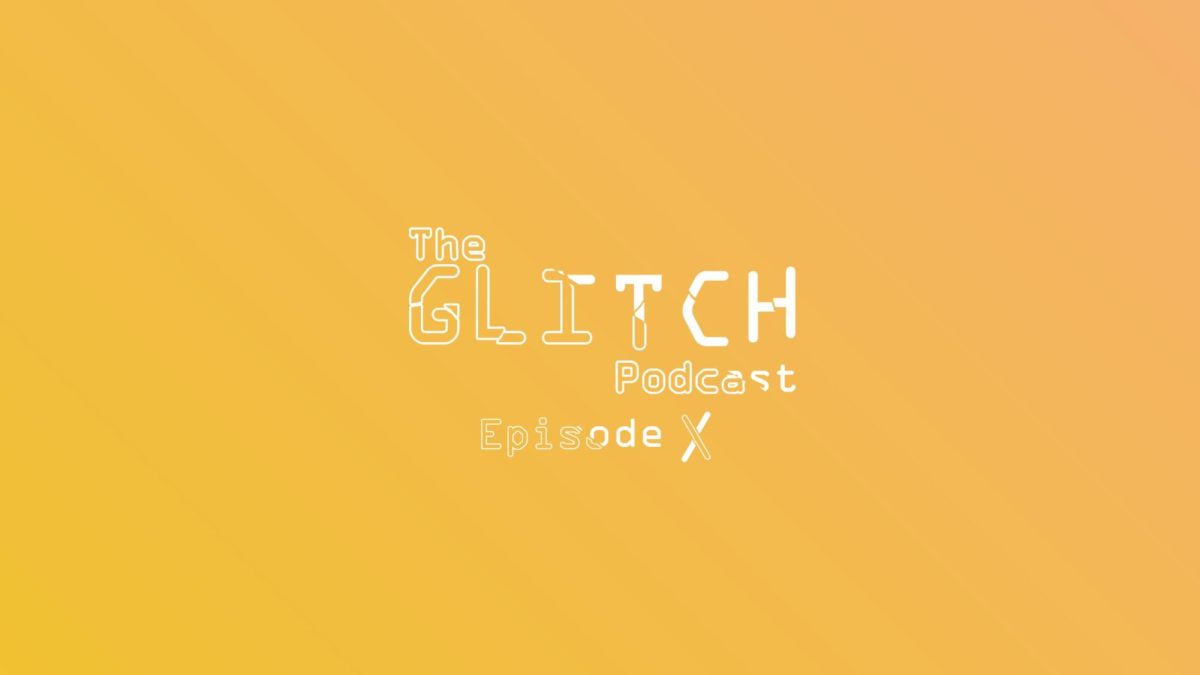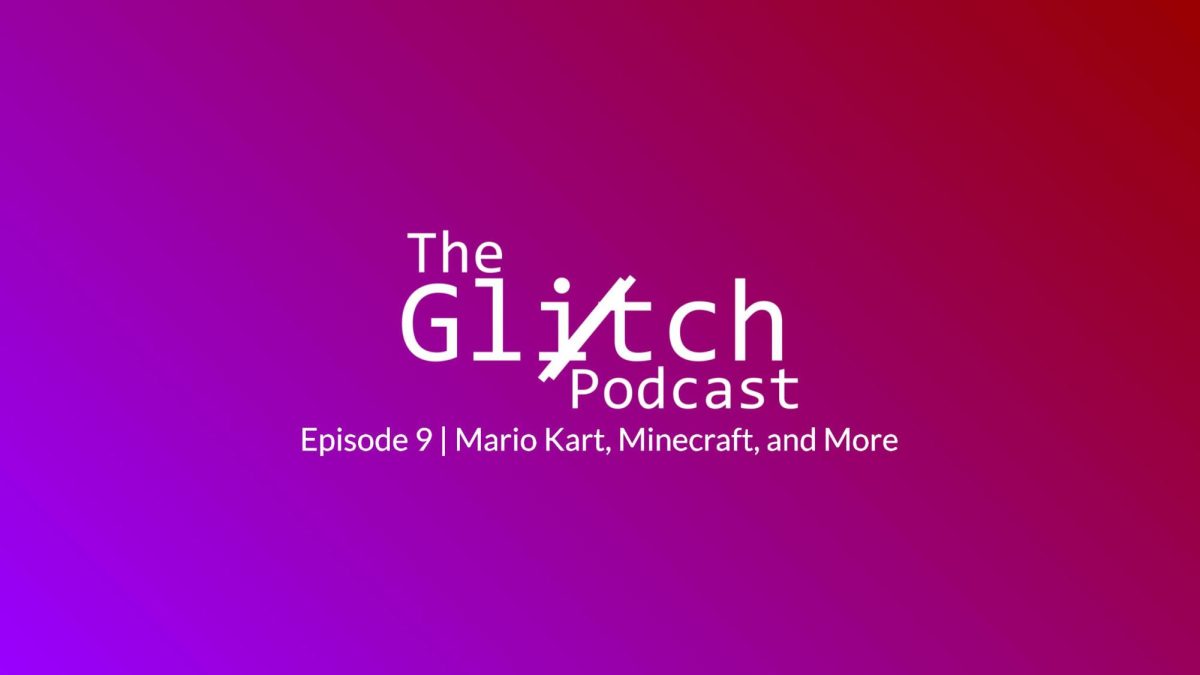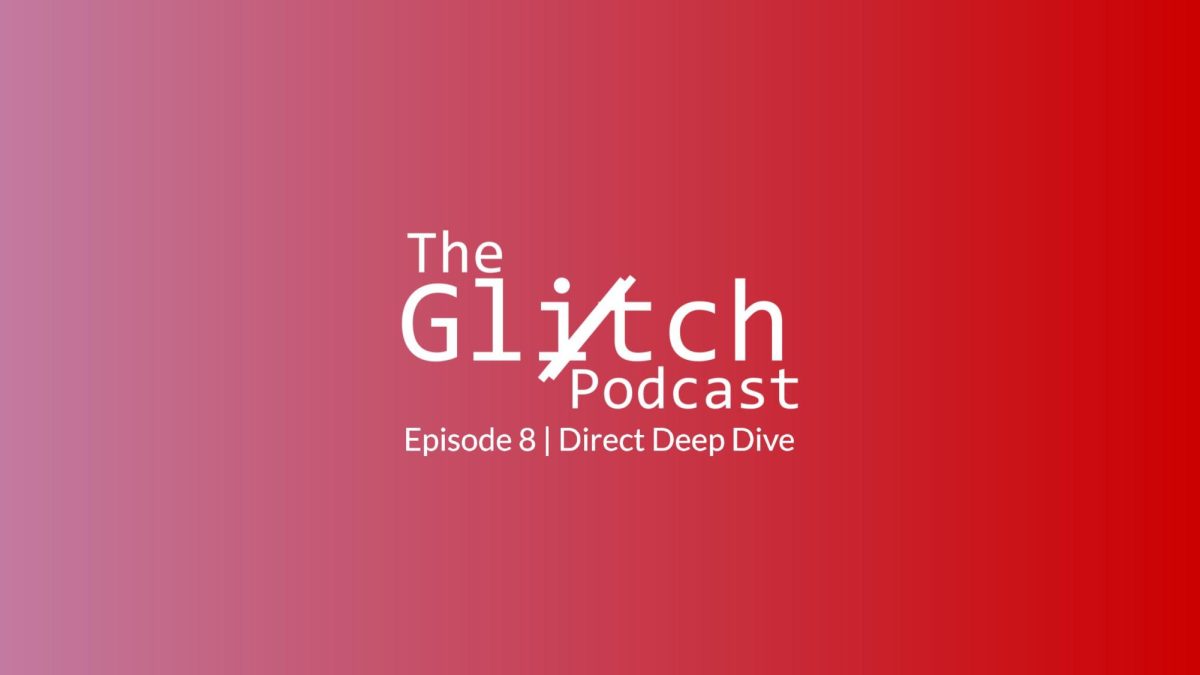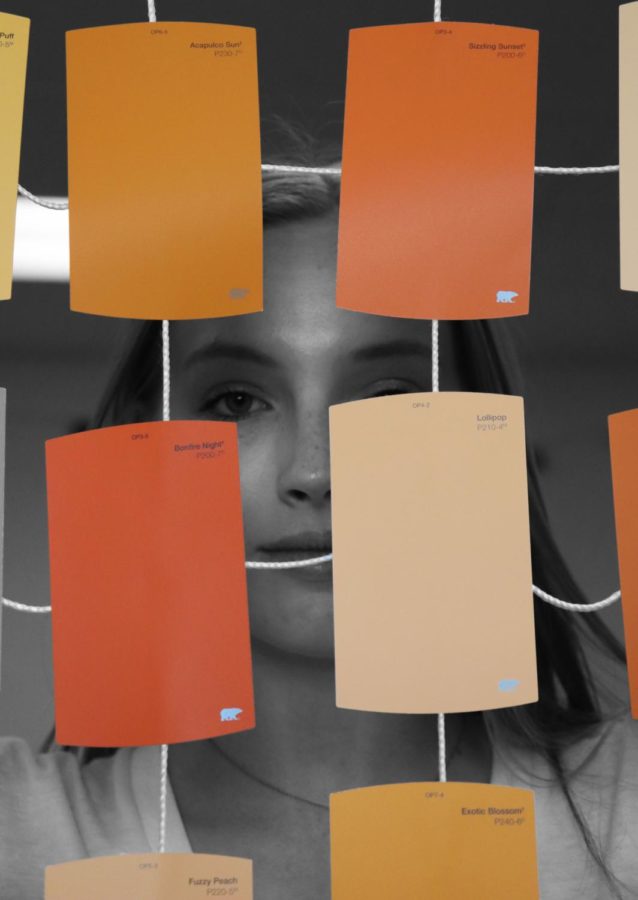108: How the Internet Affects the Way We See the World
media by Kira Zizzo
Amnesty International Club’s art fixture made of paint swatches interposes club president Natalie Aston ’20.
October 31, 2019
108: The Amnesty International Club has spent weeks contextualizing this number. First, you saw it tacked throughout the hallway on small pieces of paper. Next, you viewed statistics which explained the size of the number relative to that of the entire student body. Not long after, you awed at an orange array of paint swatches held together by string, once again accompanied by only one sentiment: the increasingly mysterious 108.
By Wed., Oct. 16, you encountered orange, “X” shaped pieces of duct tape fastened to steps and windows around the school. One hundred eight of them, to be exact. These elements of the 108 campaign were meant to establish an understanding of what the number means: its context within our school, community and state. What does the number one hundred eight really look like?
The statistic driving the campaign, that one hundred eight people die every day in the U.S. due to gun violence, is just one of thousands that students have at their fingertips in the archives of the internet. Befuddled students wondering the purpose of the campaign, with the right search query, may have easily found the answers to their questions at the click of a button.
This accessibility can be dangerous — although it allows for a more interconnected global community and informed population, it means that young people have the ability to access primary sources regarding tragic events and phenomena.
“I see people that, like, revolve their lives around it [social issues], and they become very concerned about how, like, if this happened to me, how am I going to live my life based upon this rather than being in the moment. And they’re just really focused on those issues rather than definitely just living their lives,” Samantha Goldin ’21 said.
Suddenly, there’s a new factor to weigh in analyzing mental health: one’s heightened perception of the world around them. The way one perceives their society and culture is directly correlated with mental health issues like depression and anxiety. When a realistic transcript of global politics and happenings is laid out in front of someone, they have the difficult task of grappling with the international, national, local and personal consequences of those events— this, needless to say, is taxing. Carrying the weight of individual pressure, hurt and confusion is sufficiently difficult without that of each story and statistic a student sees online.
“It’s not necessarily a bad thing that people are focusing on publicized events like climate change and school shootings and stuff, but I think if we revolve around it so much, then our energy is getting placed in places where it shouldn’t be,” Goldin said.
As young people go about navigating a new political climate in which previously unknown information is largely publicized, this sentiment is ever-important; create change in whatever way you see fit without letting large and consequential issues overtake your mind. It’s okay to detach and take time for yourself.
First published in Vol. 16, Issue 1 of The Rock

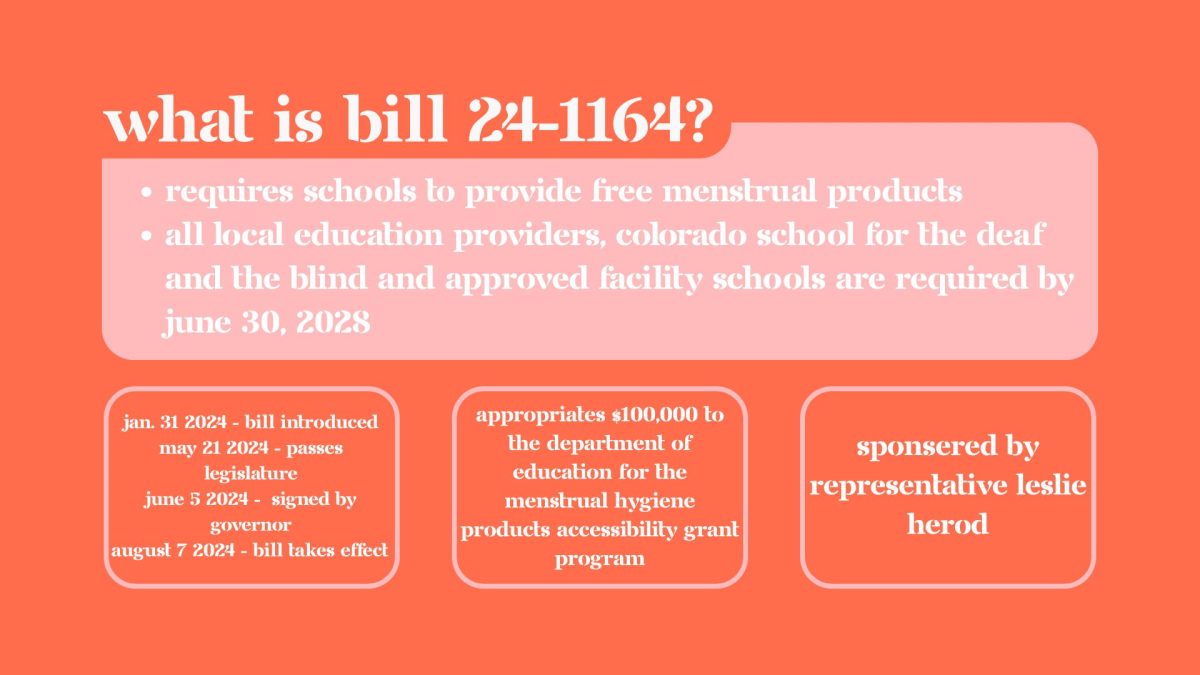

![Minutes before the Activities Fair in the gym, president Abhi Gowda ‘26 prepares the stall for his club Helping Hands, Sept. 4. A relatively new club, Helping Hands was co-started by Gowda and focuses on assisting the homeless, and just last year they succeeded in raising a couple hundred donations to send to shelters. This year, they have goals to expand, with hopes to increase volunteer opportunities and take in-person trips to shelters, as well as extend their help beyond just homeless people. “The Activities Fair gives a lot of underclassmen the opportunity to really get to know the Canyon culture, and it gives them many opportunities for service and volunteering,” Gowda said. “[Through the Activities Fair,] I hope to find a bunch of new and passionate members about our club and just get our name out there and spread awareness to the cause that we’re fighting for.”](https://rockmediaonline.org/wp-content/uploads/2025/09/1-2-1200x885.jpg)

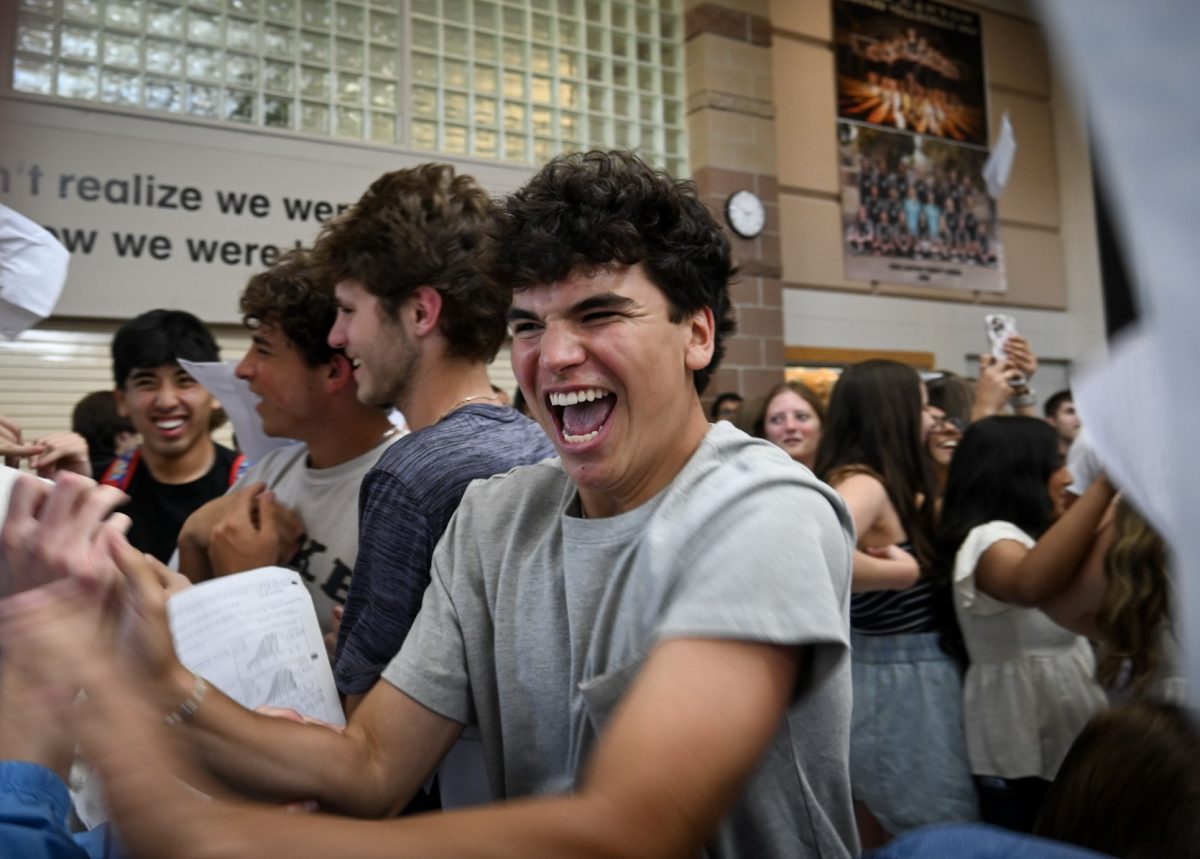

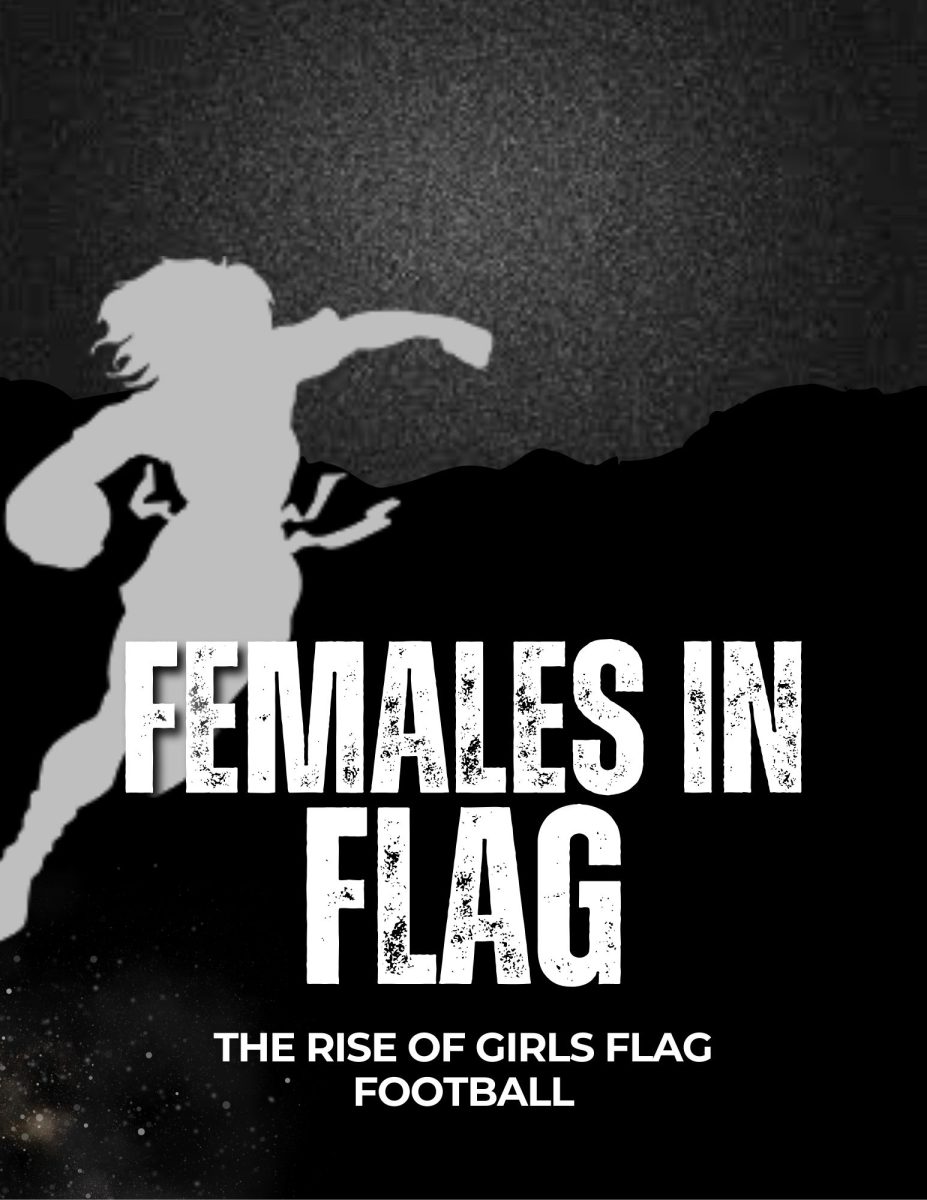
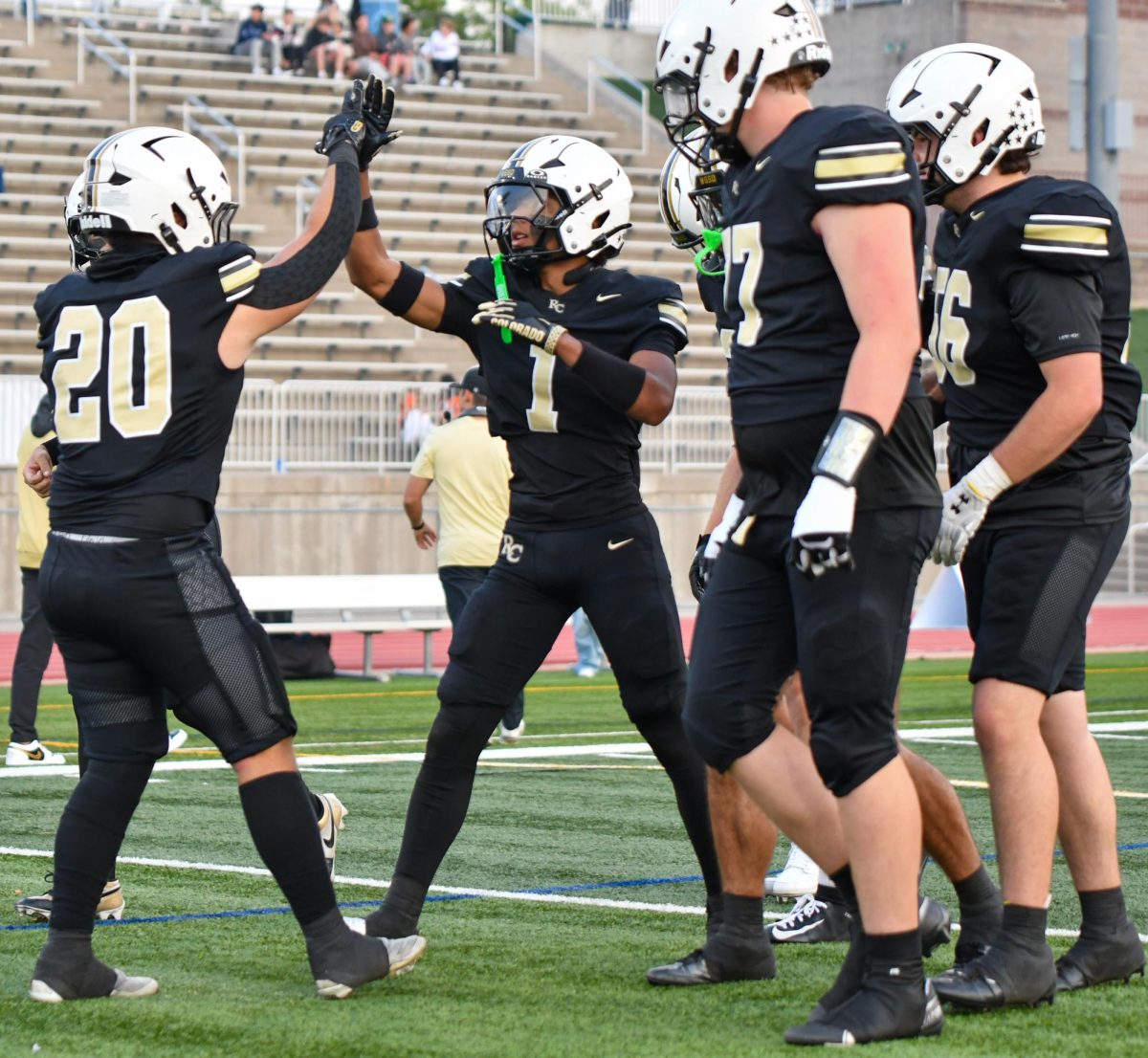


![The winter guard team makes fifth place at the state championship finals in the Denver Coliseum, March 30. The team performed to Barnes Country's “Glitter and Gold,” lead by coaches Margo Sanford, Blair Bickerton and Anna Orgren. In their class there were a total of nine groups participating, and the top five who made it to finals received a plaque. “[Walking onto the stage] is very nerve-wracking, but also very exciting as well. When you first start color guard there's a lot of anxiety and uncertainty when you first perform in front of an audience, but once you've done it for a while, it starts to become the best part of the season,” Ella West ‘25 said. “It's very fulfilling to see an audience react to something you've put your heart and soul into.”](https://rockmediaonline.org/wp-content/uploads/2025/04/Both-socal-media-nd-website-main-1-1200x846.jpg)
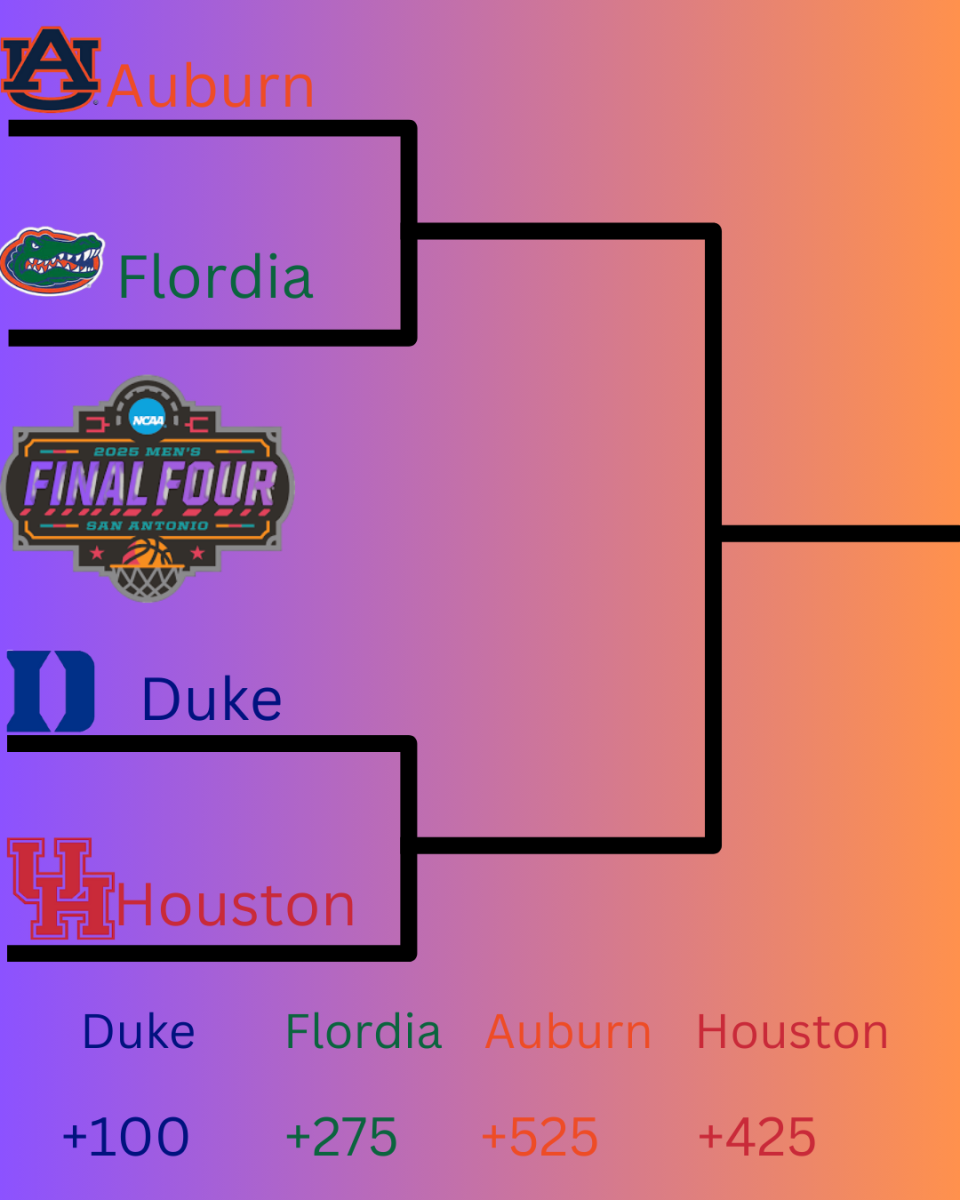
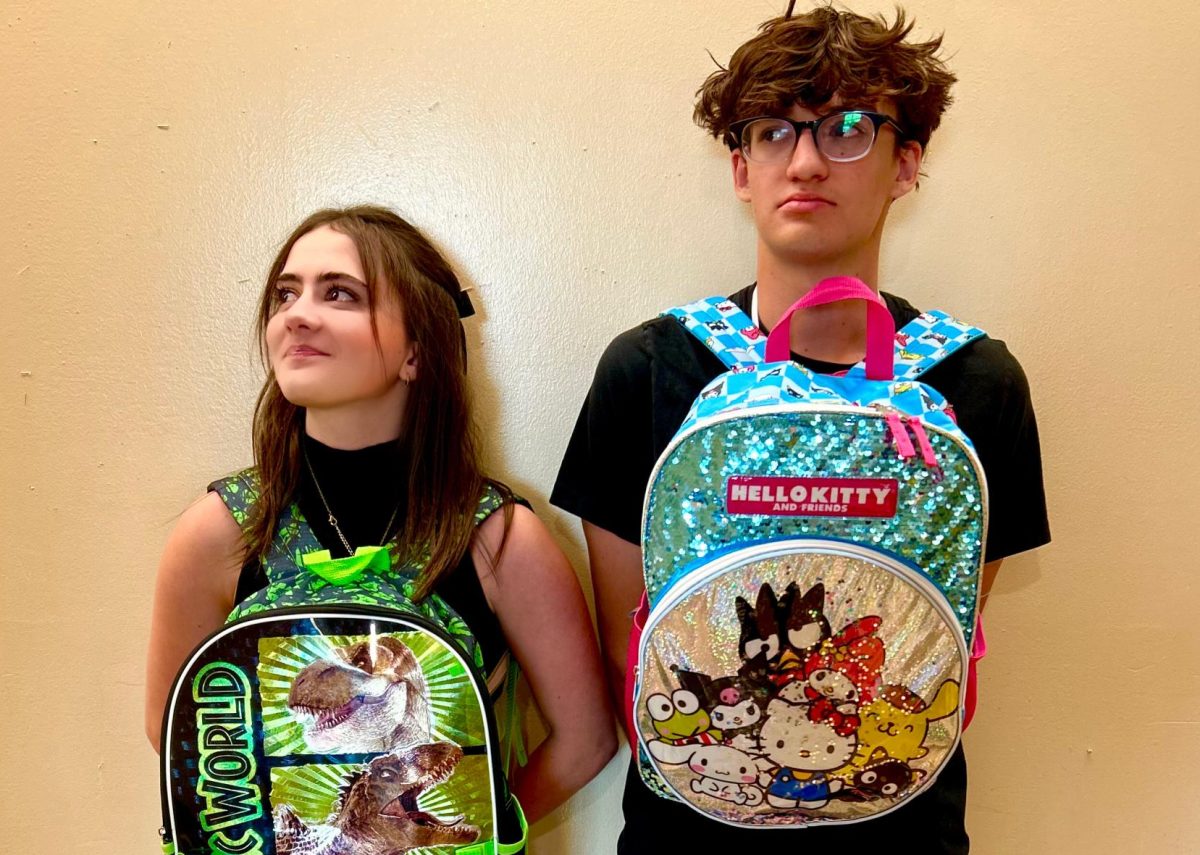
![April marks the 25th anniversary of Sexual Assault Awareness Month, created by the National Sexual Violence Resource Center (NSVRC). This month is to spread awareness of the harassment, assault and abuse that happens around the world. The symbol that represented the month was a teal ribbon; however, some survivors of assault create different symbols and movements like the TikTok trend in 2022, where survivors would tattoo Medusa on their body, in honor of her backstory in Greek Mythology. “I don't think [this month is known] at all. I rarely see anybody talk about it. I rarely see much of an emphasis on posting it online, or much discussion about it, and I feel like there needs to be way more discussion,” an anonymous source said. “I think just validating every experience that a person has gone through, regardless of the degree of it, the severity, is an essential step into making sure that people are aware that this is a very real problem in a society and that we need to do better in addressing it.”](https://rockmediaonline.org/wp-content/uploads/2025/04/IMG_0011-1200x900.jpg)

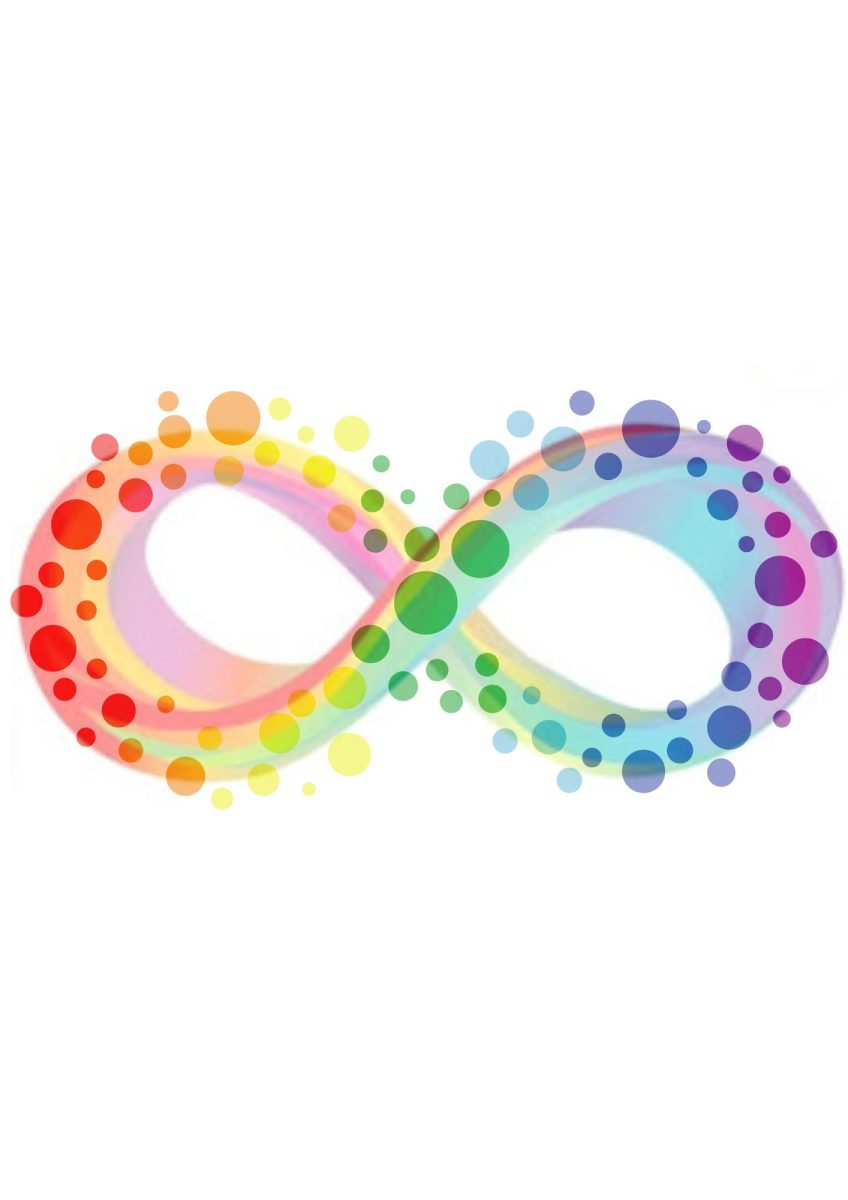

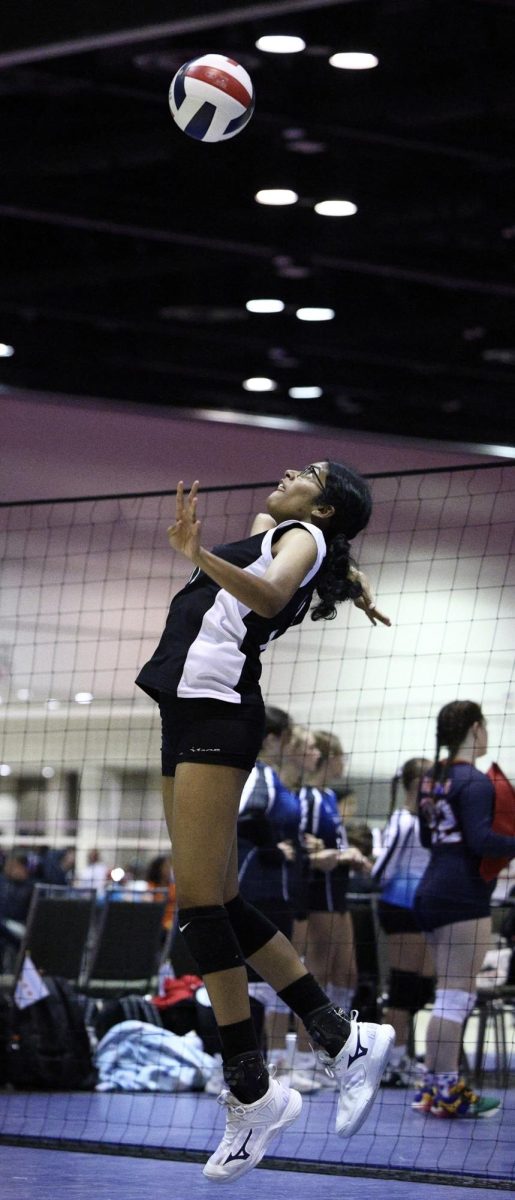


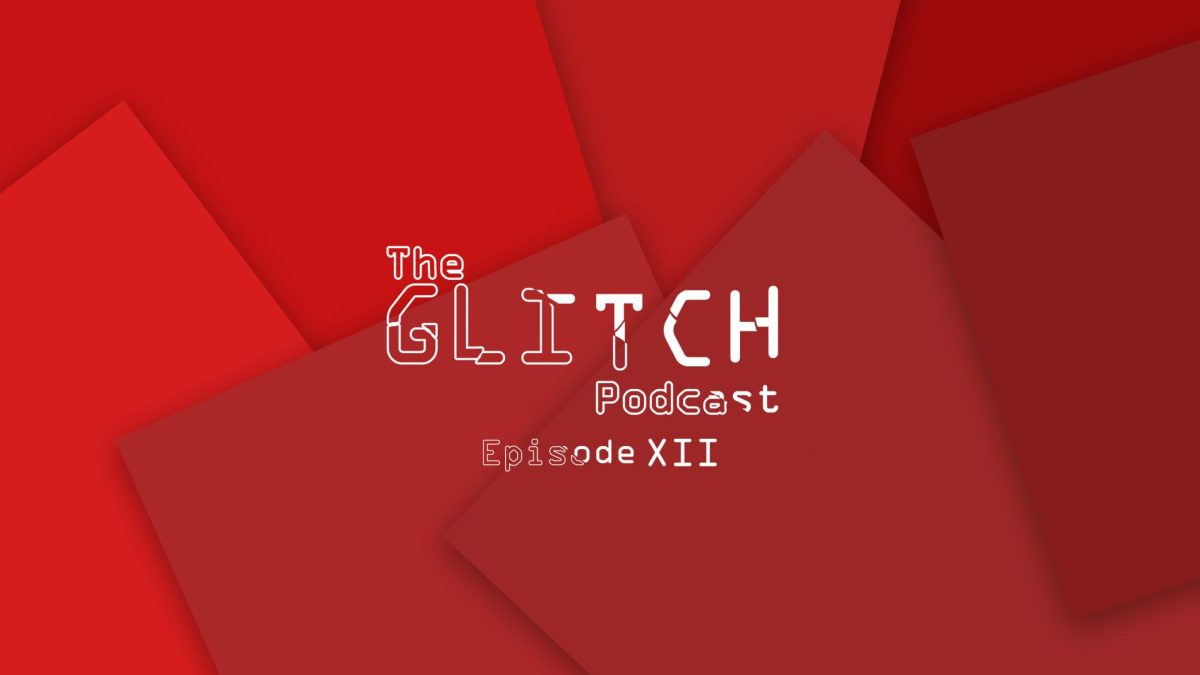
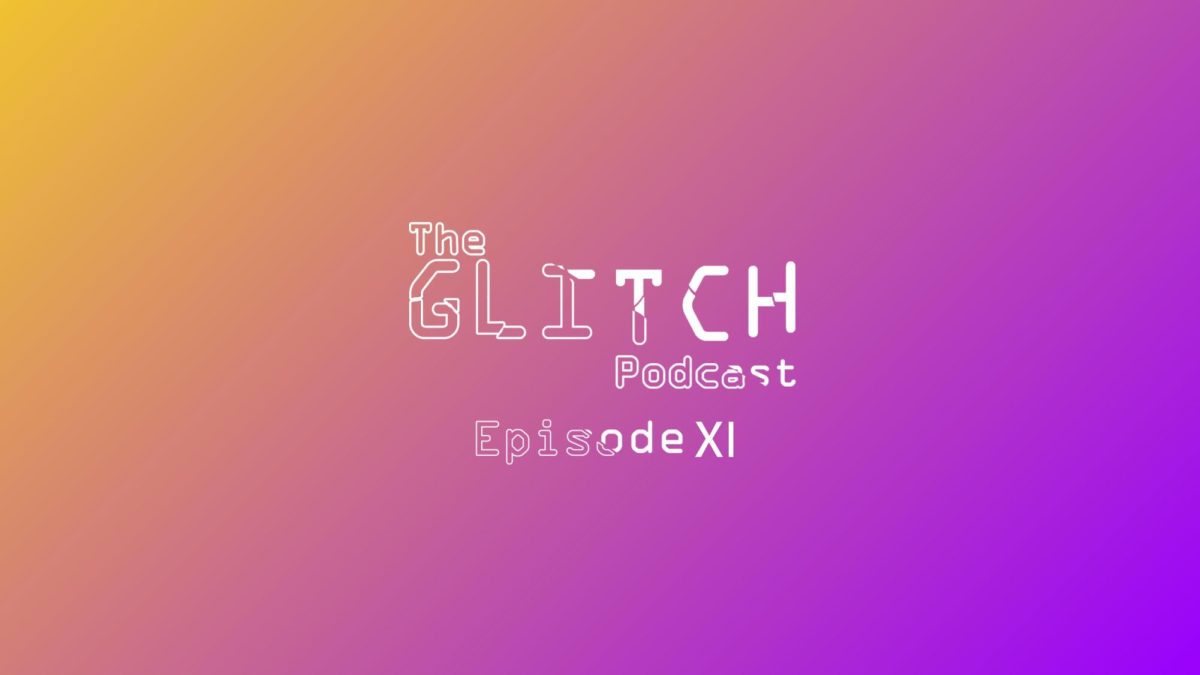


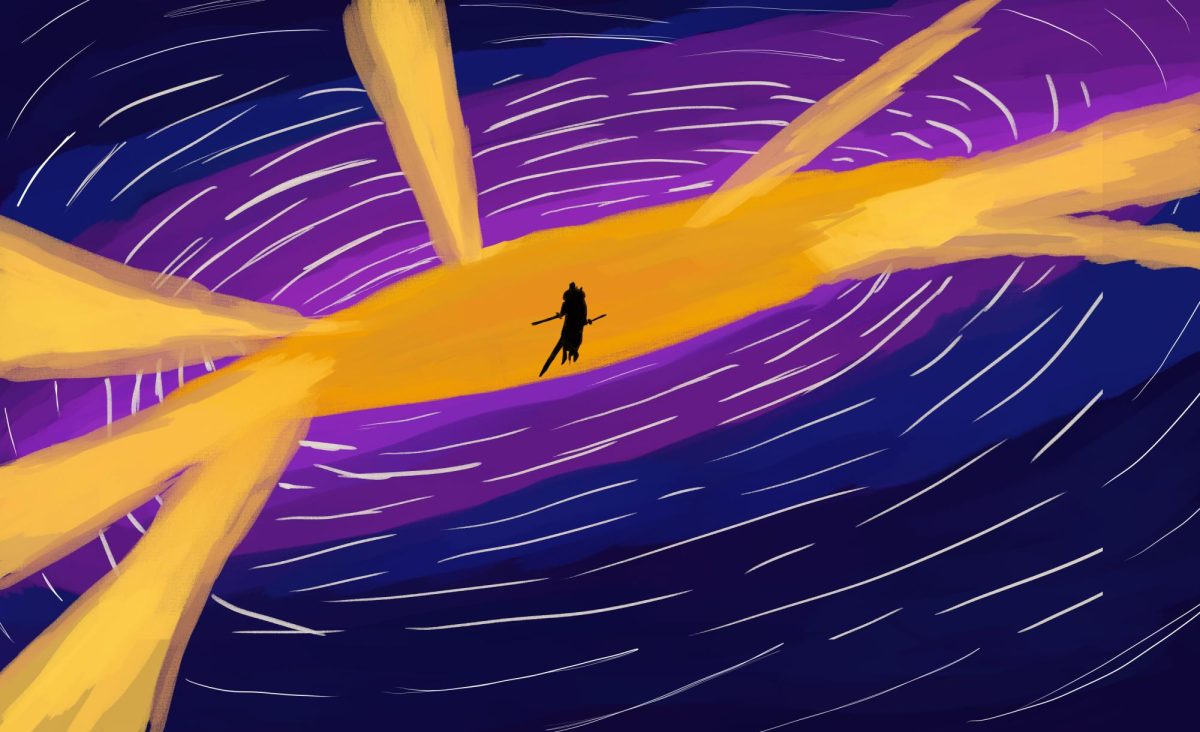
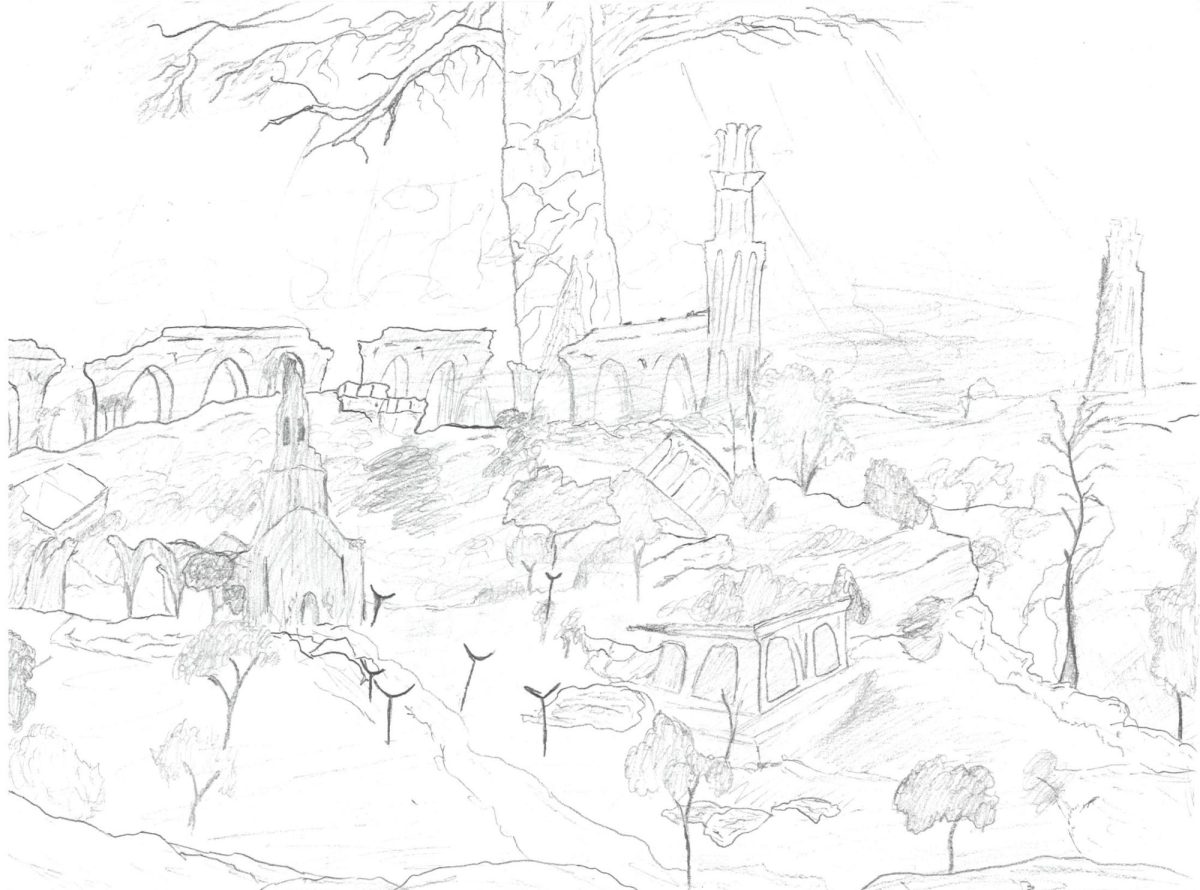
![Lesbian Visibility Day is April 26, and it’s a holiday to celebrate the lesbian community of the world. Lesbian Visibility day was established in 2008 by many queer activists and organizations who sought to raise more awareness for lesbian history and culture. “So this is why during Lesbian Visibility [Day] we celebrate and center all lesbians, both cis and trans, while also showing solidarity with all LGBTQ+ women and nonbinary people,” Linda Reily, in an article written by her, said.](https://rockmediaonline.org/wp-content/uploads/2025/04/Lesbian-Visibility-day.jpeg)



